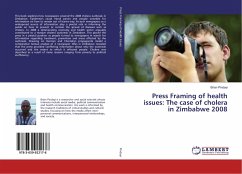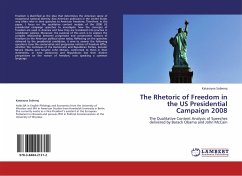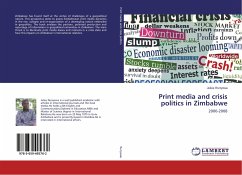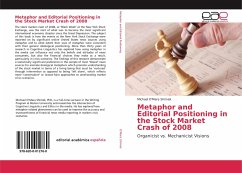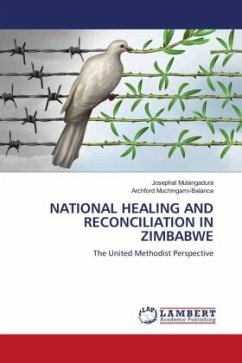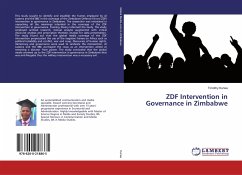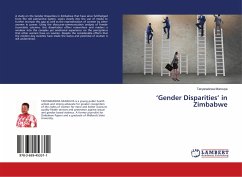This book explores how newspapers covered the 2008 cholera outbreak in Zimbabwe. Epidermic's cause moral panics and people scramble for information on how to remain out of harms way. As such newspapers as a widespread source of information play a pivotal role in informing the public on how to prevent or contain the spread of diseases such as cholera. In 2008 a deteriorating economy and health sector arguably contributed to a massive cholera outbreak in Zimbabwe. This placed the press in a pivotal position as people turned to newspapers in search for information regarding treatment, prevention and areas affected by the outbreak. Drawing on Herman and Chomsky's propaganda model a comparative textual analysis of 2 newspaper titles in Zimbabwe revealed that the press provided conflicting information about why the outbreak occurred and the extent to which it affected people. Cholera was described as a result of many reasons ranging from poverty to political inefficiency.

